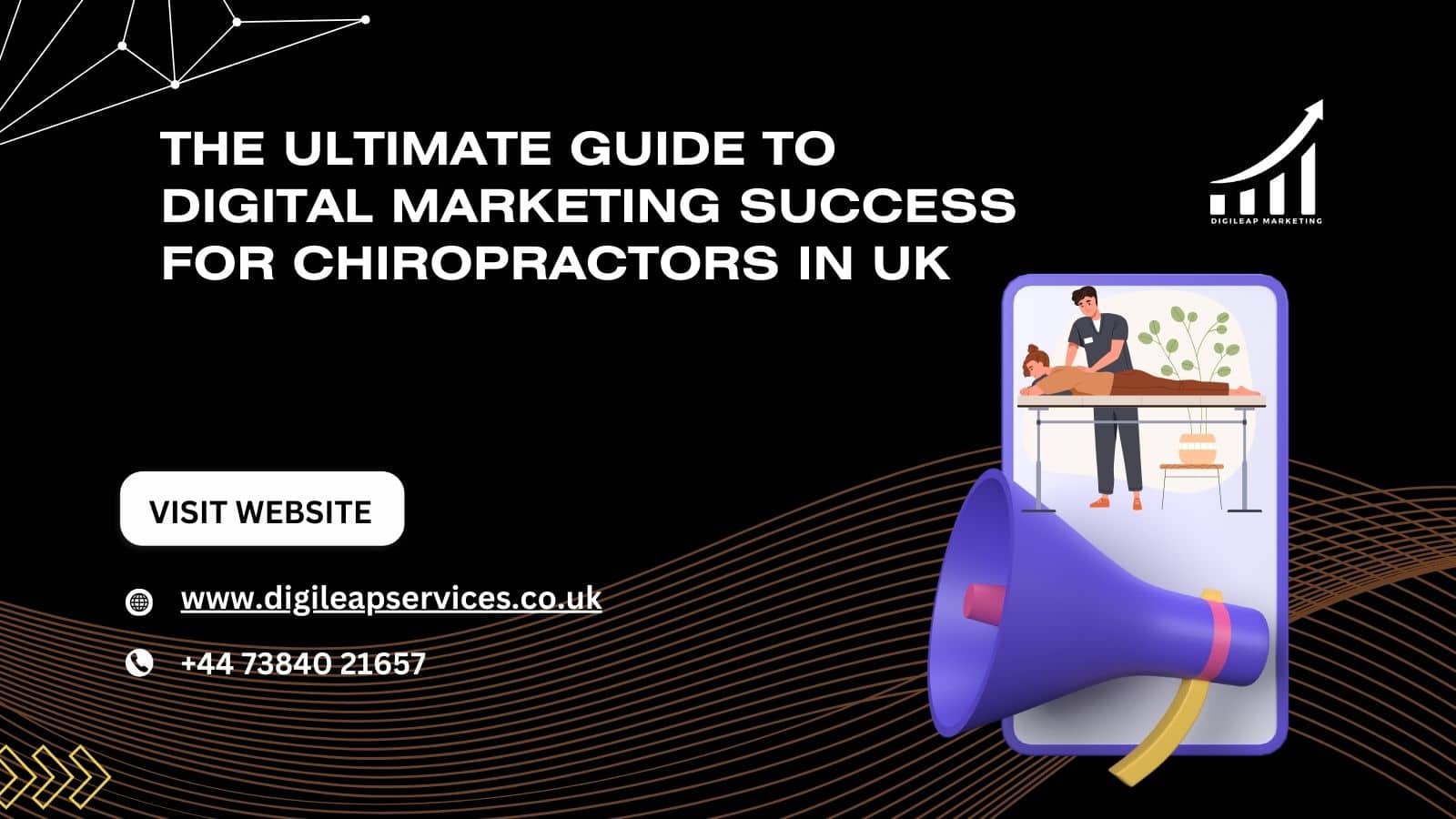Email Marketing for Interior Designers: Does It Work in UK?
If you’re an interior designer in the UK wondering, “Does email marketing actually work for my business?, you’re not alone. Digital channels keep multiplying, but email remains a steadfast tool — and the good news is, when done well, it can genuinely move the dial for a design practice. In this article, I’ll explore how email marketing for interior designers can fit into your marketing mix, why it works (and where it may not), and practical steps to make it work for you.
You might already know your website—maybe your portfolio site at something like YourStudio.co.uk—is critical, but email gives you the chance to stay top of mind with past clients, show off recent work, and nurture leads easily. According to the British Institute of Interior Design (BIID), email marketing for interior designers is “a useful tool to keep your practice in the minds of previous and potential clients”. British Institute of Interior Design and across the broader interior design industry, 38% of firms use email newsletters to engage their audiences. Gitnux+1
So yes—it works. But “works” doesn’t mean “plug-and-play.” Let’s dig into how it works and how you can leverage it.
Why Email Marketing Works for Interior Designers
(And why it still matters)
There are several reasons email marketing stands out for design studios:
Direct access: Email lands in a person’s inbox—more personal than a social post that may get lost. The BIID guide emphasizes that email gives “direct contact with the people and businesses on your list”.
Cost-effective: Unlike expensive print campaigns or always relying on ads, email tends to be relatively low cost. The industry data shows email marketing in interior design can deliver astonishing returns—one study gives an ROI of 4,200%.
Stay top of mind: Many people hire interior designers when they’re ready (not immediately). If your studio has done good work before, sending occasional updates helps make sure they remember you when the time comes.
Portfolio use: As a designer, you’re visual. You can use email to share “after” photos, project stories, trends—content your audience actually cares about. The BIID points out that sharing a story of a recent project can be “a huge draw to read”. British Institute of Interior Design
Segmentation & personalisation: You can tailor your emails—past clients might get updates on new services; new leads might receive design inspiration. This relevance boosts engagement.
Measurable: You can track opens, clicks, and conversions. For instance, using a spreadsheet to log metrics weekly/monthly is recommended for design firms.
In short: because the interior design business is as much about trust and imagery as it is about capability, email gives you a consistent, professional way to show up when people are ready.
When Email Marketing for Interior Designers Doesn’t Work—And How to Fix It
(Learn from mistakes before you make them)
Just because email has potential doesn’t mean every email will get results. Here are common pitfalls for interior designers and how to avoid them:
1. Poor list quality or lack of list
If you’re emailing people who haven’t opted in, or you have no plan to build your list, you’ll struggle. Instead: build an opt-in list (on your website, a landing page, during project wrap-up) and segment it (past clients vs leads vs prospects).
2. Weak subject lines or bland content
Even a great email won’t work if no one opens it. The BIID emphasises the importance of subject lines and preview text—“make the subject line appealing … personalising it”. Also, content should be easy to read—clear paragraphs, bullet points, good visuals.
3. Sending too often or too rarely
If you don’t send regularly, you might be forgotten. If you send too frequently, you annoy people. The recommendation: perhaps once a month or fortnightly if you have enough good stuff. As a studio, pick a cadence you can stick to.
4. No clear call to action (CTA)
An email might be beautiful, but does it ask the reader to do something? Book a consultation, schedule a virtual tour, download a design guide—make it clear.
5. Not measuring or improving
If you never check how many open, click, convert, you’re flying blind. Use analytics, test subject lines, test content, refine the list.
6. Ignoring mobile and design constraints
Many people check email on mobile. Ensure your emails look good on phones. Skip overly large images, check readability.
7. Cold emailing without context
A Reddit discussion by UK interior designers warns: “We ignore all the emails about photography as we receive so many…”. Reddit
In other words: if you’re emailing someone who doesn’t know you or hasn’t opted in, you’re competing with a lot of noise. Instead, focus on nurturing those who already know your brand.
If you address these areas, you’ll find email becomes a helpful channel rather than a frustrated “hope this works” tactic.
How to Make Email Marketing for Interior Designers Work in the UK
(Practical steps—use these to get started)
Here’s a simple step-by-step workflow you can follow to build an effective email marketing process:
Step 1: Build your email list
On your studio site (for example via a contact form at YourStudio.co.uk), invite visitors to sign up for “Design Insider News” or “Monthly Style Updates”.
- When you finish a client project, ask for permission to send them occasional inspiration updates.
- Segment: past clients, leads (people who enquired), potential partners (architects, contractors).
- Ensure GDPR compliance—UK laws apply.
Step 2: Choose your email platform
Pick a service that supports segmentation, templates, analytics. Many UK-friendly options exist. (Even UK-specific interior design services mention email marketing features for designers.)
Ensure you pick something that lets you track opens/clicks.
Step 3: Plan your content and schedule
Decide on a cadence (e.g., monthly). Then plan content themes:
- Project spotlight (before & after)
- Trend alert (UK market, colours, textures)
- Design tip or how-to (e.g., “How to choose lighting for open plan kitchens”)
- Studio news or client story
- Invitation to free consultation or download.
- Ensure each email has one clear CTA.
Step 4: Design the email to reflect your studio brand
Use your brand colours, include strong visuals of your work (remember: interior design is visual). On the template: good subject line, preview text that teases benefit, short paragraphs, bullet lists, clean mobile design (BIID emphasises readability and design).
Step 5: Send, measure, refine
After sending, check stats: open rate, click rate, unsubscribes, conversions (did someone respond or book a call?). Use a simple spreadsheet to log weekly or monthly metrics—this gives you a “funnel” you can improve. interiordesignershub.co.uk
Ask: what subject lines worked best? Which content got clicks? Refine accordingly.
Step 6: Follow-up and nurture
Don’t just send one email and forget. Keep nurturing. If someone clicked “download our design guide”, perhaps follow up with a personalised email or call. Use your list segmentation to send more tailored content.
Step 7: Use email in combination with other channels
Email doesn’t replace the website, your portfolio, social posts, or referrals—but it complements them. Many interior-design firms say referrals are still a primary source of business.
So integrate your email list with what happens on social, on your site, and offline conversations.
Final Thoughts
(Yes, it really can work — if you treat it as a strategy)
To wrap up: email marketing does work in the UK for interior designers—when you treat it as a deliberate, well-executed part of your marketing rather than a “send something and hope” approach. A studio like yours can use email to build relationships, remind past clients you’re still in business, show off new work, and keep leads engaged until they’re ready to hire.
Just remember: it won’t magically generate huge volumes of clients overnight. But over time—with attractive visuals, consistent sending, measured performance, and proper nurture—it becomes a strategic lever. For interior design firms watching their reputation, portfolio, and word-of-mouth build over time, email is the quiet amplifier that keeps you in the mind of the right people.
TL;DR Summary
Email marketing for interior designers absolutely works in the UK—but only when it’s done with strategy. It helps designers stay connected with past clients, showcase new projects, and nurture future leads in a personal way. The key is to build a quality subscriber list, send visually appealing and relevant emails consistently, and measure performance to keep improving. When paired with your website and social presence, email becomes a powerful, low-cost marketing tool that quietly drives long-term business growth.
Ready to Elevate Your Design Business?
If you’re an interior designer in the UK looking to attract more clients, boost visibility, and build lasting relationships through smart email marketing, Digileap Services UK can help. From strategy to execution, our experts craft personalised campaigns that actually convert.
👉 Talk to our team today and discover how powerful email marketing can be for your interior design







